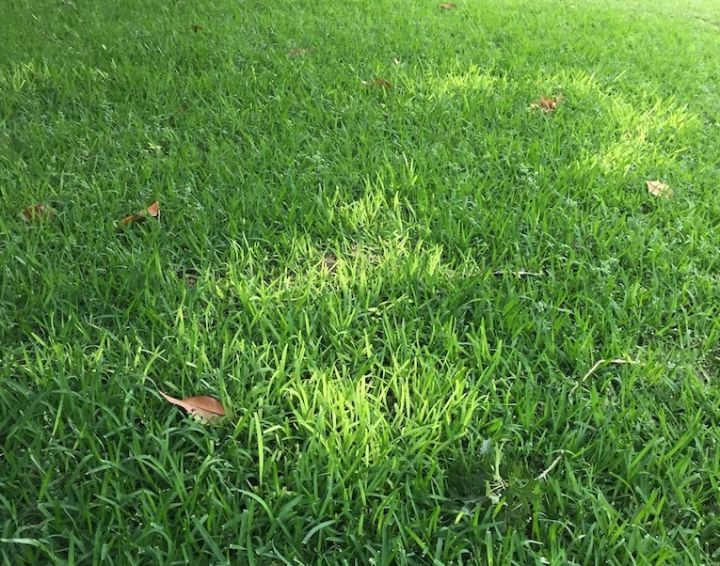Is Take-All Root Rot Taking Over (and Killing!) Your Lawn?
June 15, 2015 | By webadmin
Has your lawn looked particularly drab this spring? Perhaps it’s gone yellow, or died out in patches. If so, it could be infected with Take-All Root Rot (TARR). The extra rainfall and mild temperatures have created the perfect conditions for this especially aggressive fungal disease to thrive. While a healthy lawn can often better resist diseases, TARR is one fungal disease that spreads fast and furious no matter the current health of your lawn.
What to look for
There are some definite signs your lawn could be infected. If you answer yes to several of these questions, we recommend calling a qualified horticulture professional to assess the damage and work out a plan of action to heal your lawn.
- Was grass slow to come out of dormancy this spring?
- Are young leaf blades turning yellow?
- Are large patches of lawn beginning to die off in irregular patterns?
- Are roots dark brown and rotting?

After the lawn is slow to emerge in spring, new growth becomes yellowed in irregular patches.
Do keep in mind that some signs of TARR can mimic those of chinch bug damage, other fungal diseases or chlorosis caused by nutrient deficiencies. With brown patch, the leaf blades become infected and rot away from the roots. TARR causes the reverse to happen; the roots turn brown and rot away, while the blades remain intact. Chinch bug damage often appears in more circular patterns, but typically appears later in the warm season. Chlorosis due to a Nitrogen or Iron deficiency typically shows up more evenly throughout the lawn, whereas TARR appears in irregular patches.
What causes Take-All Root Rot?
The fungus, Gaeumannomyces graminis var. graminis., causes TARR. When left undiagnosed and treated, TARR can quickly kill off large sections of your lawn or possibly your entire lawn. Most grasses in the North Texas area are susceptible including St. Augustine, Bermudagrass, Zoysiagrass and Centipedegrass. Cool season grasses such as Fescue and Rye are also susceptible.
Treatment and Prevention of Take-All Root Rot
Unfortunately, TARR can be very difficult to treat. In most cases, we aerate the soil to reduce compaction, and renovate damaged areas. Good maintenance practices and certain treatments can help heal your lawn.
- Proper watering practices. Fungal diseases thrive in lawns that have been overwatered. Remember to turn off automatic irrigation systems in times of heavy rainfall. Water deeply and infrequently.
- Don’t over-mow, or mow the lawn too short.
- Reduce thatch by properly watering, mowing and fertilizing lawns.
- Don’t overdose your lawn with high-Nitrogen fertilizers. Thatch build-up increases in lawns over-fertilized with high-Nitrogen fertilizers.
- Treatment involves suppressing the fungus by lowering the soil pH. Adding a layer of peat moss over the entire lawn can acidify the soil and suppress the disease.
Think your lawn may have TARR? Contact us for a consultation.
